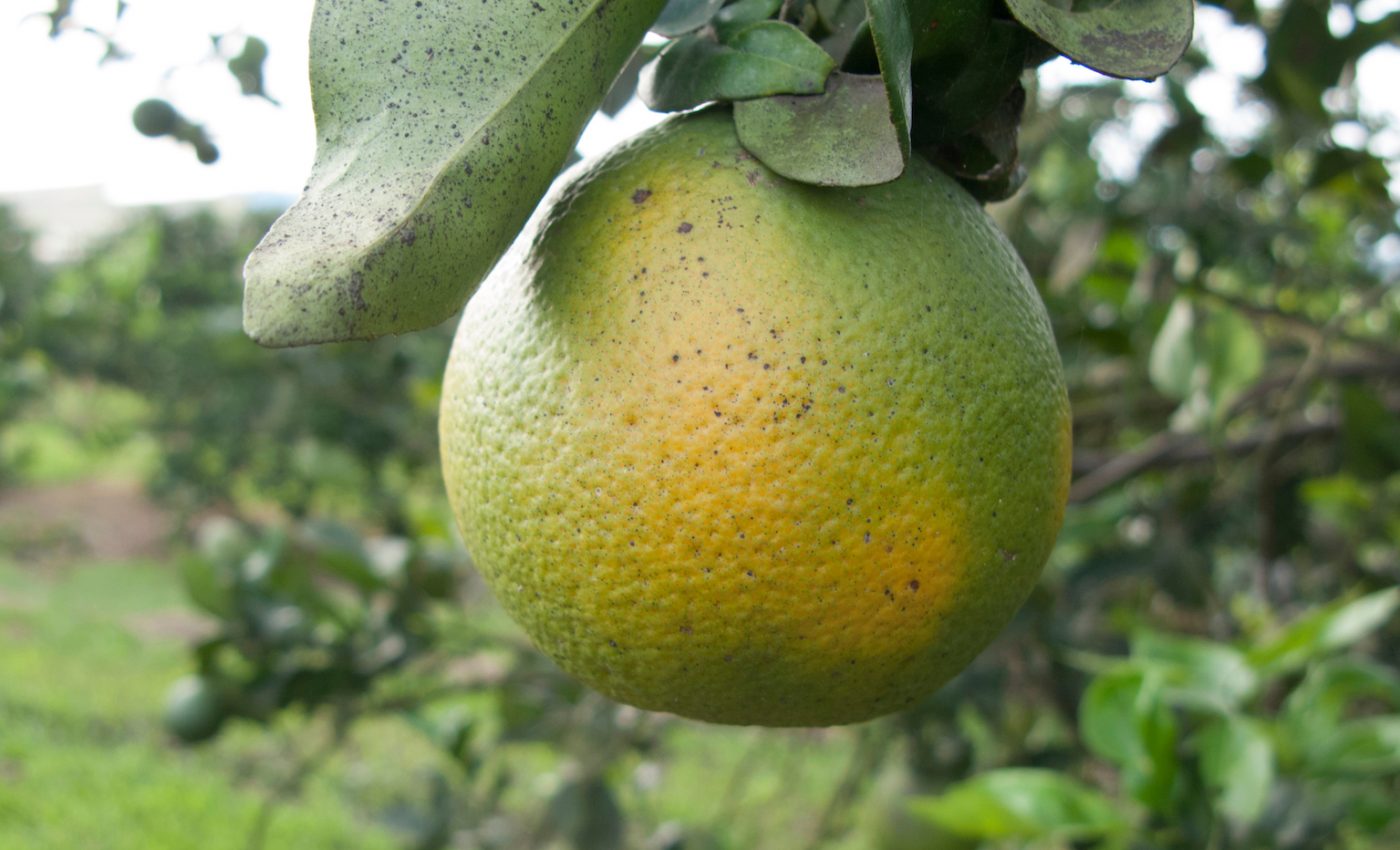
Scientists are one step closer to developing treatments for citrus greening
For decades, Professor Sharon Long has studied the symbiotic relationships among bacteria that help alfalfa grow, publishing more than 150 papers on this single topic. But now, Long has shifted her focus to citrus greening, which is one of the deadliest diseases for citrus crops in the world.
“I’m only two generations off a farm, and I read about citrus farmers losing their livelihood and land, and thus also losing generations of family tradition,” said Long, who is a biologist at Stanford University. “We decided to redirect our efforts to work on this problem because we wanted to make a difference.”
In the time since Professor Long realized her lab’s research could contribute to a solution for citrus greening, her team has found potential treatments for the disease. The researchers have identified 130 compounds to explore further.
“What we’ve completed is just a small part of what needs to be done,” said study lead author Melanie Barnett. “It’s beyond our expertise to pursue these findings to the level needed for real-world application, but it’s a foot in the door for researchers who can take those next steps.”
By the time that symptoms of the lethal bacterial infection appear, it is too late to save crops from the lethal damage of citrus greening.
The bacteria that cause the disease, Liberibacter asiaticus, will not grow in a lab and this makes it difficult for scientists to study infected plants. The experts in Professor Long’s lab realized they could focus on a distant relative, Sinorhizobium meliloti, which forms symbiotic relationships with certain plants.
“We’ve been working on this bacterium for 40 years and have developed tools that allow finely detailed genetic studies to be done,” explained Professor Long. “That provides an experimental platform not possible by working directly on this pathogen or even its close relatives.”
The researchers introduced genes from the citrus greening bacterium into their familiar S. meliloti cell. These genes are believed to code for a protein that regulates certain aspects of infection.
Next, the team engineered the bacteria so that when the infection-critical proteins were active, the bacteria glowed green in certain light. When they exposed the bacteria to a chemical that inhibits the proteins, the cell would become noticeably less green.
Screening over 120,000 different compounds allowed the experts to pinpoint 130 compounds that visibly reduced the green glow without without affecting the growth of the cell.
“Our system allowed us to find very specific inhibitors that do not harm beneficial bacteria,” said Professor Long. “Such inhibitors would be a big improvement compared to environmental spraying of general antibiotics.”
The system developed by the team could also be used to test additional chemicals and genes.
“With this system, any gene from this pathogen or closely related pathogens can be tested in a very controlled way, very efficiently,” said Barnett. “The years of research that have gone into studying and working with Sinorhizobium can now save years of time that others would have spent developing such a system from scratch.”
The study is published in the Proceedings of the National Academy of Sciences.
—
By Chrissy Sexton, Earth.com Staff Writer













